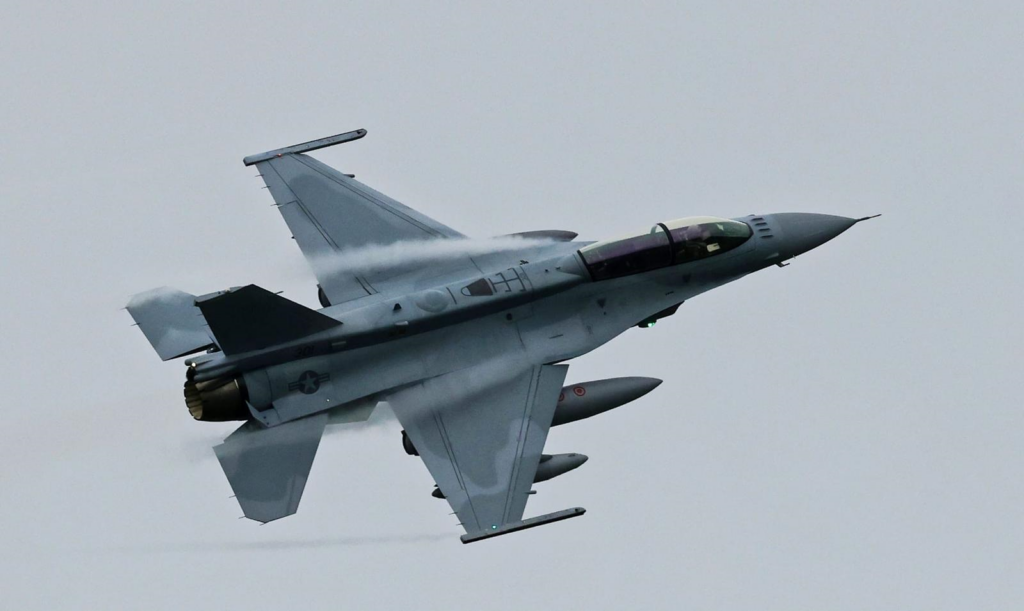New Era for Bulgaria’s Air Force: First F-16 Block 70 Lands at Graf Ignatievo Base
Departing from the Lockheed Martin assembly plant in Greenville, South Carolina, on March 31, Bulgaria’s first F-16 Block 70 Fighting Falcon fighter jet arrived at Graf Ignatievo (3rd Fighter Air Base), the Balkan country’s only active combat base on April 2, following a transatlantic ferry flight conducted by the U.S. Air Force.
The arrival of the advanced fighter jet, tail number 311, which will enable the Bulgarian Air Force to counter threats in the region and work in a more integrated manner with NATO allies, was welcomed by a high-level delegation, including Prime Minister Rossen Zheliazkov, Defense Minister Atanas Zapryanov, Chief of the General Staff Admiral Emil Eftimov and U.S. Chargé d’Affaires Susan Falatko.
Bulgarian Prime Minister Rosen Zhelyazkov said at the welcoming ceremony that the delivery was an essential step in the modernization of the Bulgarian army, adding: “Over the past few years, the problems with combat aviation have been known publicly. Now we have a new platform using the latest technology, and this provides a fundamental change in our capabilities.” The Prime Minister also noted that the first F-16 to land on Bulgarian soil is not just a fighter jet but also a symbol and a concrete example of Bulgaria’s strategic partnership with the United States.
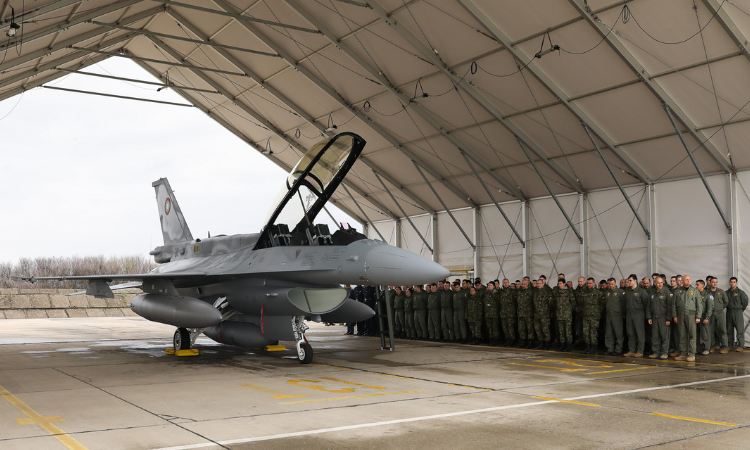
After the ceremony, ground crews replaced the U.S. Air Force insignia on the aircraft with the Bulgarian Air Force insignia and started the aircraft acceptance process. Following standard procedures, the fighter jet will officially join the Bulgarian Air Force at a ceremony held at Graf Ignatievo Air Base on April 12. According to the Bulgarian Ministry of Defense, the aircraft will become fully operational after the Bulgarian Air Force completes its technical and flight acceptance.
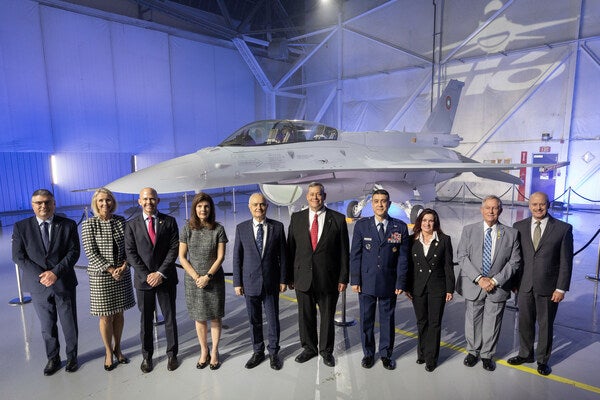
If there is no disruption to the previously planned procurement schedule, Lockheed Martin will deliver seven more F-16 Block 70 fighter jets (six F-16Cs and one F-16D) to Bulgaria during the year, thus completing the first contract worth $512 million signed in 2019. Deliveries for the second contract worth $1.3 billion, signed in 2022 and covering eight aircraft like the first contract, are expected to begin in 2026 or 2027.
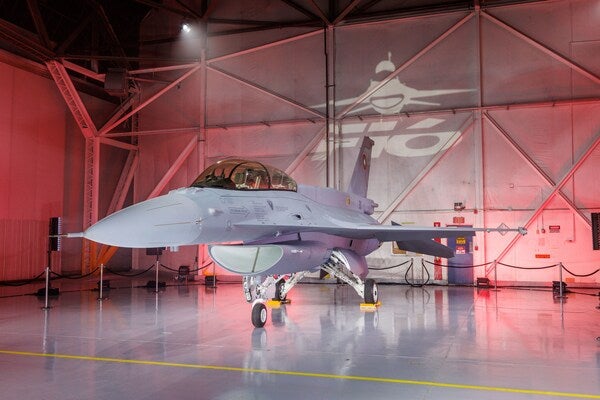
The F-16 Block 70/72 configuration jets, which will replace the aging MiG-29 fighter jets of the Bulgarian Air Force, have higher standards in terms of hardware and structure than other F-16s. The new systems installed on these aircraft versions, also known as the “Viper,” include Northrop Grumman’s AN/APG-83 AESA radar, referred to as the “fifth generation radar.” The radar enables high-resolution terrain mapping and simultaneously tracks several air and ground targets, enabling the employment of new-generation advanced weapons. In addition, the F-16 Block 70/72 has a Link 16 data link, a new Embedded GPS/INS (EGI), a 6 x 8 Center Pedestal Display (CPD), an Automatic Ground Collision Avoidance System (GCAS), and more modern weapon stations that allow more efficient use of the AESA radar and processing of targeting pod data.
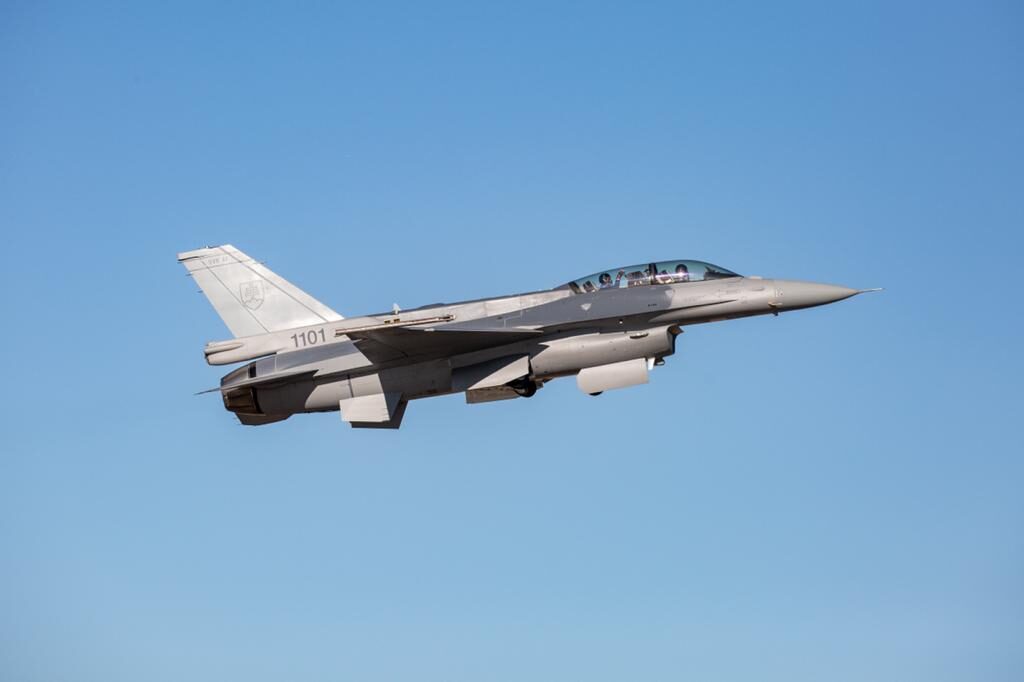
Apart from Bulgaria, there are only three countries that have this latest-generation variant in their fleets. These are Greece, Bahrain, and Slovakia. Among the countries awaiting delivery are Taiwan, Jordan, and Morocco. Türkiye, the Philippines, and Thailand also plan to purchase F-16V fighter jets.

